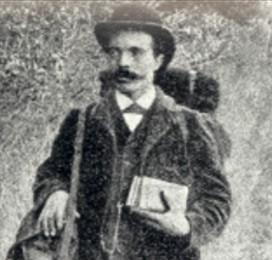The correct doctrine
Orthodoxy, which also claimed the name « evangelical », was characterised by its emphasis on the correct doctrine (‘orthodoxy’ means “the right or correct opinion”). It had to be conveyed through preaching and teaching.
For the orthodox, the correct doctrine is that which is inferred from the Bible and explained by the Reformers. Their aim is to maintain Luther and Calvin’s opinions as exposed in their writings (these were not very well known as new editions were not frequent) and likewise to sustain the claims of the 16th century Confessions of faith. The liberals on the other hand, saw the Reformation as the beginning of a process that is be continued, and considered the traditional Confessions of faith as outdated.
The orthodox wished for a « respectful » reading of the Bible. Some accepted limited and moderate critical study. Others claimed the Bible was an infallible text (the term used was « un-erring »), inspired or even dictated by God himself. They made no distinction between « the Word of God » and « Holy Scriptures. »
Moderate orthodox theologians, such as pastor Edmond de Pressenté, meant to combine faith with knowledge and intelligence. They considered knowledge and thinking as being compatible with the acceptance of essential elements of traditional doctrine. They were close to moderate liberals, and were sometimes referred to as « right centre » and « left centre ».
Though Orthodoxy and Revivalism were of different trends, the two often allied and shared common opinions. César Malan for instance preached both conversion of the heart and a return to Calvin’s dogmatic claims.







